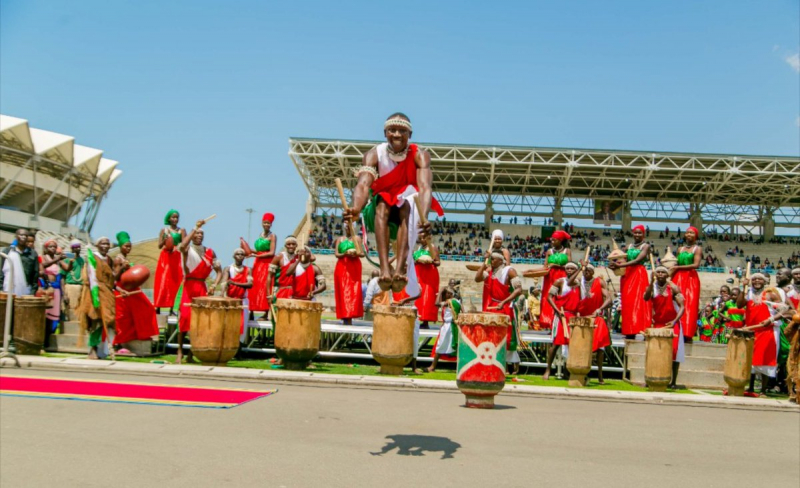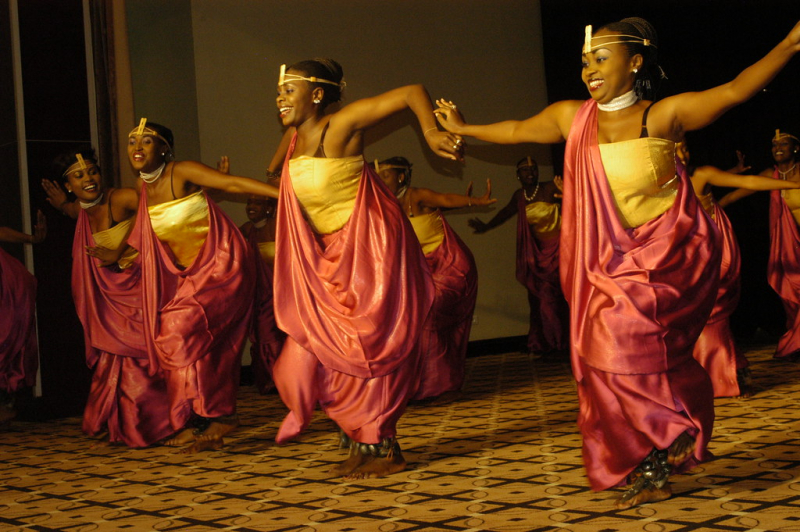Fascinating Cultural Experiences

Most notably, the folk songs and dances that make up Burundi's rich cultural history were created to glorify the benefits of kingship; but, since the monarchy was overthrown in 1966, this kind of cultural expression has diminished. Since then, Burundian daily life has been shaped by the needs of surviving at a time of civil war and racial animosity, and many significant social institutions, including the family and the village council, have lost their power as a result of political upheaval and the mass emigration of people.
The yearly sorghum festival (umuganuro), which features a stunning performance of traditional dances by court dancers, was once a time for many celebratory occasions (intore). Drummers beating the Karyenda, the monarchy's emblem, are also taking part in the festival; their performance is meant to give this celebration and other ceremonial events a musical and symbolic resonance.
Burundians have long had a legacy of artistic expression in the visual arts. Collectors of ethnic arts reward decorated papyrus panels, as well as Burundian-made swords and drums, which frequently portray subjects from Burundian legend and have geometric patterns. Italian missionaries brought ceramic production to Burundi in the 1960s, and Burundian potters have infused local features into this foreign medium. Ceramic production has been a significant source of artistic expression. Beadwork and basketry are some further arts and crafts. Natural plant extracts are used to make the dye that is typically used to color Burundian handicrafts.







